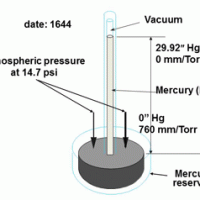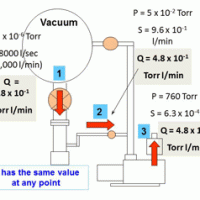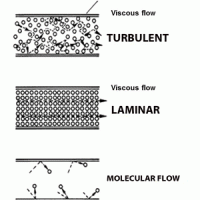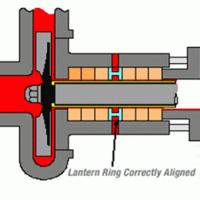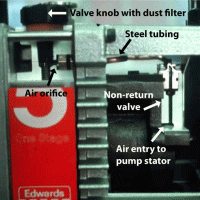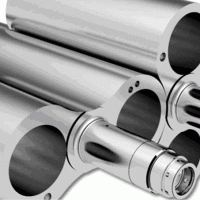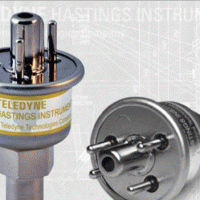Last time the discussion was about throughput and conductance in vacuum systems. This time we will look at the pressure profile throughout the vacuum system in a slightly different way than it was shown last time. The first thought might be that once the vacuum system is under vacuum carrying out the process, the lowest pressure will be in the vacuum chamber and that the highest pressure will be at the primary pump exhaust which will be atmospheric pressure. As we see from Fig. 1, this is not quite correct.
Fig. 1 shows how the pressure changes through the system and actual values of P pressure and S speed are given in the table, Fig. 2. The pressures shown assume that the chamber has been evacuated (pumped down) to the process pressure needed and conditions are stable.

